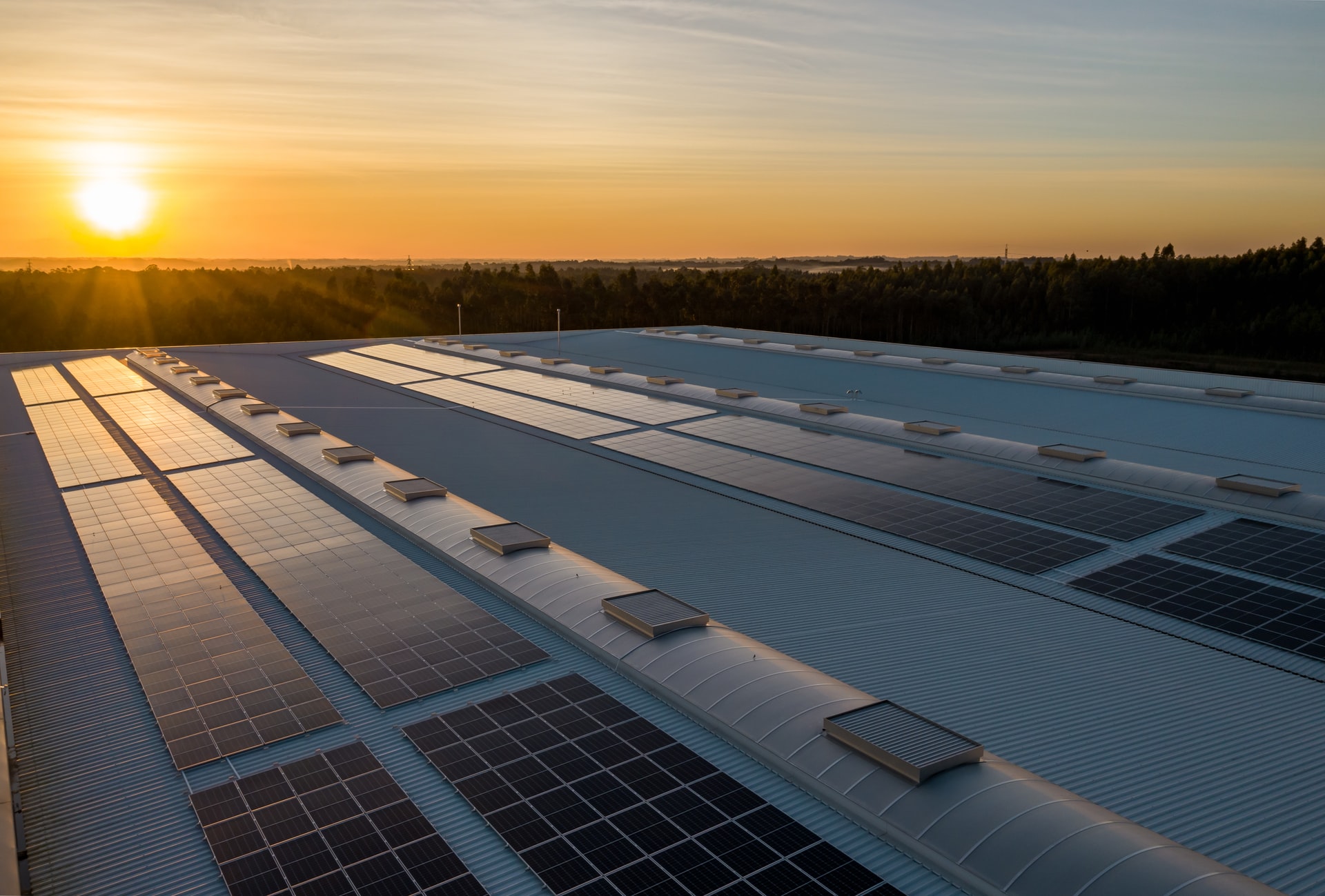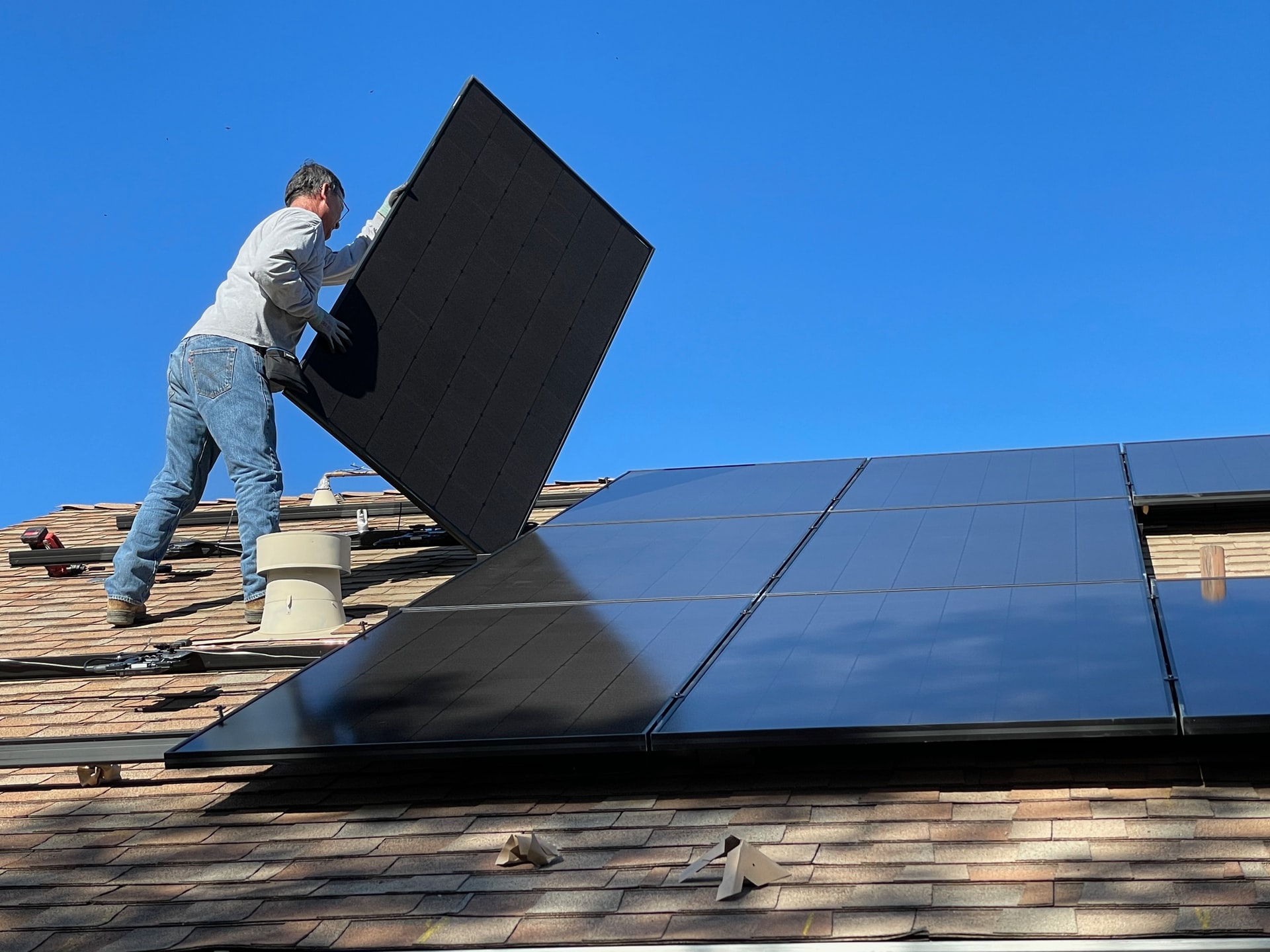10% Inflation Is Driving Massive Solar Power Investment
In July, inflation in the U.S. reached its highest point in more than forty years. Americans had to stomach prices that were some 10 percent higher than the same time a year earlier.
Author:Frazer PughReviewer:Habiba AshtonAug 03, 202230.2K Shares488K Views

In July, inflation in the U.S. reached its highest point in more than forty years. Americans had to stomach prices that were some 10 percent higherthan the same time a year earlier.
Energy price rises have been going up at double the clip. Economists predict that the Ukraine war and supply chain disruptions will force householders to shell out 23 percent more on electricity and gas than they did in 2021.
With such rampant inflation chipping away at living standards, Americans are getting desperate. Both firms and households need solutions to record-breaking inflation if the economy is to remain healthy.
To underscore the problem, an estimated 20 percent of Americans are already forgoing food or medication to pay their energy bills. Additional price rises that come ahead of bumps to monthly pay packets will leave many more families on the edge.
No relief, though, is in sight. Russia is showing no signs of calling off its invasionof Ukraine. And oil exporting nations and production companies appear unable to increase supplies meaningfully, thanks to nearly a decade of capital spending neglect.
For now, therefore, there are two options. Either the nation suffers a protracted fall in living standards, or it adopts new energy technologies that address the energy crisis.
Politically, the former is unpalatable. Americans are unlikely to tolerate 10 to 20 percent falls in living standards without demanding regime change. Already, president Biden’s approval ratings are lower than any other president in living memory. Further damage to the economy will likely result in even less support.
Therefore, the U.S. government and economy will likely shift strongly in favor of the latter over the coming months. Relatively speaking, green energy projects will become significantly more attractive. Clean energy has the potential to stabilize energy costs because it is less reliant on fossil fuel inputs. Energy inflation might spike next year, and then plateau after that at a higher, yet potentially sustainable, level.
Solar Savings Are Significant
Total solar savings are considerably higher than many U.S. citizens imagine. Homeowners with photovoltaic systems on their rooftops stand to reduce energy bills by between $10,000 and $30,000 over a lifetime, depending on whose calculations you use. Policy initiatives, such as net metering, could increase returns further if widely implemented. And home batteries may eventually negate the need to rely on the grid at all, even during peak times.
Other options are emerging, too. Families unable to place solar panels on their roofs (because they live in apartments or other shared accommodations) may be able to stabilize energy costs via community solar projects. Here, members club together for a shared project designed to meet all of their needs. Under some models, residents can lock in prices for years to come, avoiding the massive fluctuations seen in the oil and gas market throughout history.
Even companies are getting in on the act. A commercial solar installationcan generate hundreds of thousands of dollars in savings for firms over relatively short periods. Commercial real estate roofs provide ample space for installers to erect panels en masse.
The Energy Security Argument
Recent events also highlight the growing need for energy security. While the U.S. economy might be thriving, it is still subject to the whims and circumstances of overseas nations. The tech sectorcould be flourishing, but it still relies on countries like Saudi Arabia, Kuwait, and the Russian Federation to supply enough oil. If they don’t, prices rise globally, input costs go up, and consumers get hit in the pocket.
The degree of volatility can be tremendous. Gas prices rose by more than 60 percent between January and June 2022 thanks to production issues, hoarding, and problems to do with the Ukraine war. Many governments view the transition to green energy not just as an environmental concern, but as a matter of national security, too. The U.S. is currently affected by global oil and gas price shifts because most of its energy comes from fossil fuels. With a green energy system, that would no longer be the case. Geopolitically, green energy is advantageous. It would free the U.S. from the kind of problems Germany and the rest of Europe face with Russian Nordstream gas.
The government and economy would also become more secure. The risk of 1970s-style political instability disappears when solar and wind make up the majority of the energy mix, as long as technologists can solve power storage issues. Power prices will remain remarkably consistent over time.
Solar Costs Continue To Decline
While solar prices rose briefly during the first half of 2022, experts expect real cost declines to continue for at least another decade. The price of solar installation declined by more than 70 percent between 2010 and 2020, with the price of commercial solar energy falling even more rapidly.
Driving this is improved technical learning and production at scale. Manufacturers are driving costs down by improving their business models and fabrication methods. New technologies are emerging at a regular clip, providing additional improvements in levelized costs.
Of course, there is more than the government could do. Congress, for instance, could agree to extend the Investment Tax Credit into the 2030s. This would lead to a ten-fold increase in installed solar capacity by 2032. They could also improve global solar supply chain constraints, making it easier for solar components to experience safe passage around the world. Another strategy would be to invest in high-tech production facilities in the U.S., producing solar panels locally instead of overseas
With that said, energy price inflation might cause a rapid shift via the substitution effect without any intervention. As energy prices rise across the board, both consumers and businesses might decide that the old fossil fuel economy is too much of a risk and that making the shift is necessary, no matter how much it costs.
Time is running out, though. If an energy crunch does come, major economic players might not have the resources they need to invest in solar energy. And that would be an unmitigated disaster.

Frazer Pugh
Author
Frazer Pugh is a distinguished expert in finance and business, boasting over 6 years of experience. Holding an MBA in Finance from Stanford University, Frazer's credentials underscore his authority and expertise in the field.
With a successful track record in executive roles and as a published author of influential articles on financial strategy, his insights are both deep and practical.
Beyond his professional life, Frazer is an avid traveler and culinary enthusiast, drawing inspiration from diverse cultures and cuisines.
His commitment in delivering trustworthy analysis and actionable advice reflects his dedication to shaping the world of finance and business, making a significant impact through his work.

Habiba Ashton
Reviewer
Habiba Ashton, an esteemed professional in Digital Marketing and Business, brings over 10 years of experience to the table. She holds a Master's degree in Marketing Management from Stanford University and is a certified Digital Marketing strategist.
Habiba has authored numerous articles on SEO, Social Media Marketing, and Branding, published across reputable platforms.
Her impactful projects have consistently driven growth and visibility for businesses, earning her accolades from clients and industry peers alike. One notable achievement includes leading a digital marketing campaign that resulted in a 30% increase in online sales for a major retail client.
Looking ahead, Habiba is committed to pioneering ethical digital marketing practices that prioritize customer trust and engagement. Her vision is to lead initiatives that foster a transparent and sustainable digital ecosystem for businesses and consumers alike.
In her free time, she enjoys cycling, stargazing, and staying updated on digital entertainment trends.
Latest Articles
Popular Articles
